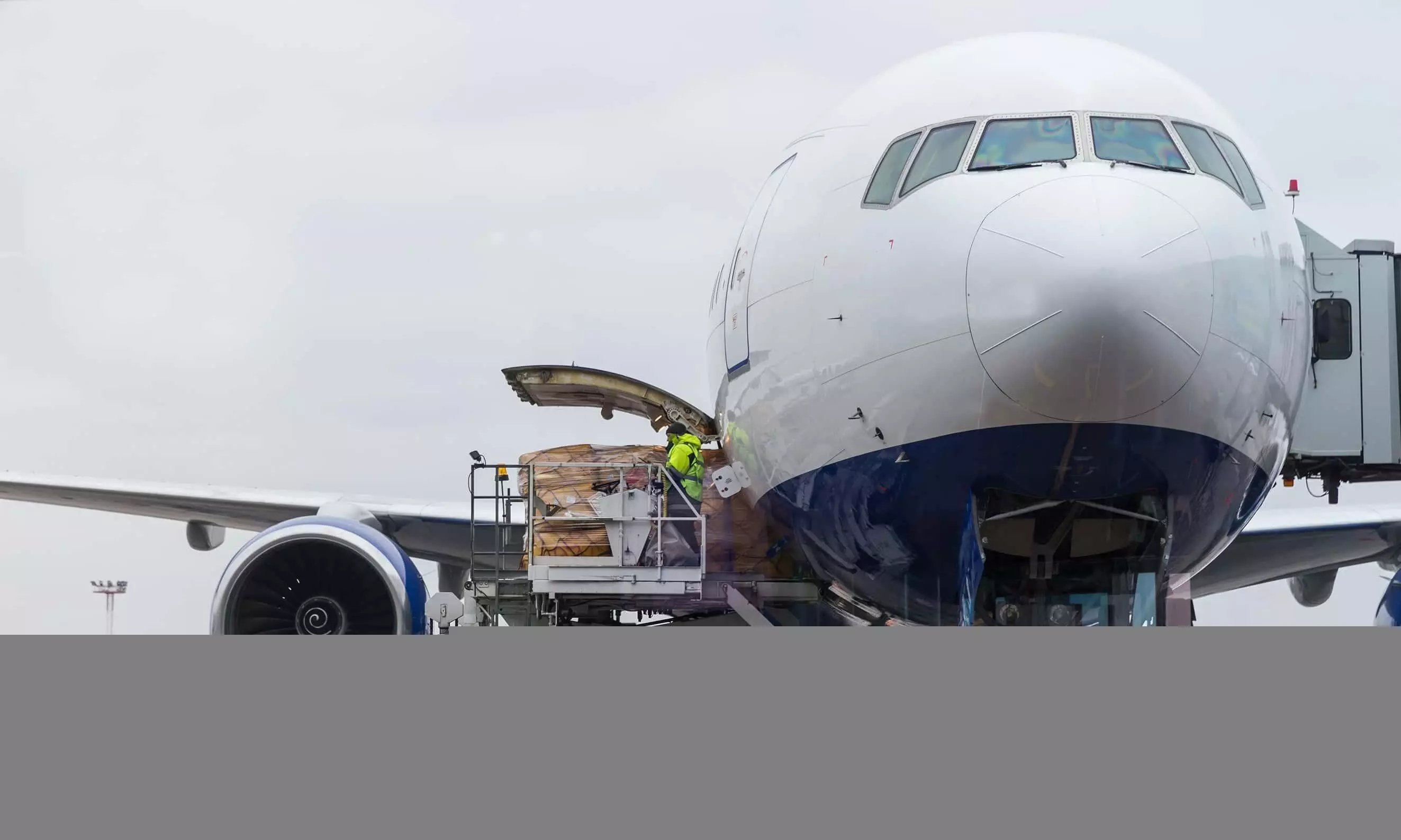
October air cargo demand sub-seasonal compared to last five years
"Carriers and forwarders are not expecting market situation to improve significantly until well into 2nd half of 2024."

Global air cargo volumes and spot rates edged up marginally in October but overall demand remained muted, diminishing hope of a traditional year-end revenue boost for airlines and freight forwarders, according to Xeneta’s latest market analysis.
Air freight volumes showed a two percent month-over-month improvement in October, which was sub-seasonal compared to the previous five years, according to the latest update from Xeneta. "General air cargo spot rates edged up two percent versus September to $2.28 per kg, rising above seasonal rates in the opening two weeks of October for the first time since mid-May 2023 before falling back to below the seasonal level.
"In comparison to last year, the global air cargo spot rate declined at its slowest pace of -30 percent in October. This is attributed to the slight uptick in global cargo volumes as well as a slowdown of cargo capacity growth in a month in which global belly capacity returned to its pre-pandemic level, albeit this recovery is varied across major lanes."
Dynamic load factor, which measures both volume and weight perspectives of cargo flown and capacity available, climbed to 59 percent in October but remained two percentage points YoY, the update added. Across 10 months of 2023, load factors have performed below all the corresponding monthly levels of the last five years, pointing to a persistently weak global air cargo market.
“October’s market performance is what we expected to see," says Niall van de Wouw, Chief Airfreight Officer, Xeneta. "It was a marginally busier month but not a cause for much optimism or pessimism. Carriers and forwarders are not expecting the market situation to improve significantly until well into the second half of 2024. The ongoing situation in Ukraine and now the conflict in Israel and Gaza will only add to these concerns. This is a volatile market. Freight forwarders are still procuring capacity on a short-term basis but are selling more long-term. That’s a risk but clearly forwarders are not willing to commit to capacity because of so much uncertainty."
Global carriers continued to register declines in their October revenues, down 26 percent at an overall industry level from the same month last year, the update added.
Cargo spot rates from Europe to the U.S. stood at $1.85 per kg in October, up seven percent from September. This is because the market anticipates declines in cargo capacity as space availability on this corridor is highly influenced by carriers’ seasonal passenger schedule adjustments, which began on October 29 this year. Volume measured in chargeable weight edged up three percent from a month ago but was down 10 percent from the same period a year earlier.
October air cargo spot rates from China to Europe climbed 14 percent month-over-month to $3.66 per kg while Southeast Asia to Europe spot rates rose at a slightly slower pace of nine percent to $2.51 per kg in the same period, the update added.

